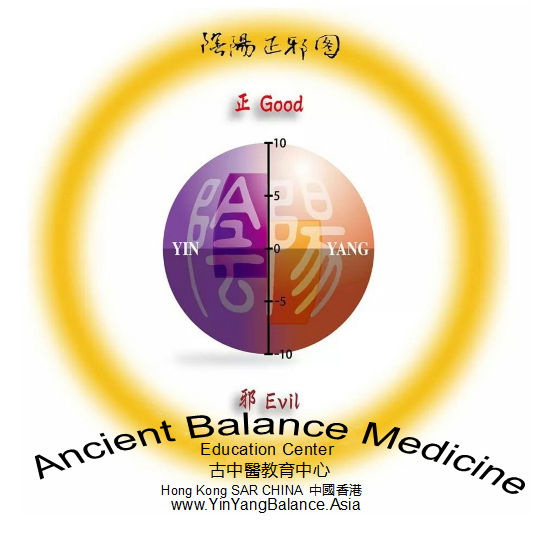Systems Basics: Learning from the principles embedded in Nature to optimize the principles affecting Insomnia and consciousness – the systems thinking in the Eastern Taichi Yin-Yang Five Elements system in Traditional Chinese Medicine 系統論基礎工作坊:從學習自然界法則來優化影響失眠及意識的法則 – 藉以理解人類身體的系統性與中醫藥學之太極陰陽五行天地人的東方系統思維
2018 June 09Abstract
Insomnia has become a modern city sickness.
Learning from the principles embedded in nature, attempts has been performed to employ natural methodologies to treat human concentration problem. In the process we also enriched our understanding of human consciousness. Research reveals that no simple methods can completely solve the problem, but a set of principles are required to be balanced out. Hence optimizing the balancing points of these principles to produce a feasibale solution seem to be the logical direction.
The cause of insomnia may come from one or more of the five elements systems, including the Wood mental system, the Fire emotional system, the Metal behavioural system, the Water spiritual system, and the Earth physical system (with one or more of its five sub-systems).
These five systems could be the principles that need to be balanced out depending on the time, location and individual.
From this analysis we will try to find the common structure and relationship that can be generalized using systems thinking which could be applied to treat different sickness and promote healthcare. Research has shown that this systems thinking is rooted in the fundamental concept in traditional Chinese culture since around 500BC. The concept is also embedded in the teaching of Confucianism, Buddhism, Taoism, and Traditional Chinese Medicine. The traditional Chinese system theories under investigation include the Taichi yin-yang system theory, the Five systems theory of the human mind, and the Traditional Chinese Medicine differential diagnosis-cure process. These theories are found to be related to different modern system theories including Viable system model.
Taichi yin-yang system theory describes the relationship between any two entities (element/process) at any level of interest. It concerns the quantitative and qualitative changes between the entities. This is related to causal loop diagram (CLD) in system dynamics which uses reinforcing loop and balancing loop. The observer is not specified in the theories, but the perspectives of the observer actually determine the entities, the unit of quantitative changes, and the ratio of qualitative changes. The Five systems theory of the human mind is one of the important concepts developed in the teaching of Buddha. The Five systems are: observation, perspective, sensation, action and physical object. These five systems can be used to describe the properties of the observer and the decision maker.
The Traditional Chinese Medicine differential diagnosis-cure process is a practical systemic process that has been used daily for more than 2000 years. It is believed that the whole macroscopic-microscopic spectrum of systems can be suitably accommodated. The system state identification involves three pairs of direction-forming spectrums. The Superficial and Internal spectrum gathers information between the boundary and the system. The Cold and Hot spectrum gathers information between the form and function, or matter and energy within the system. The Deficient and Excess spectrum gathers information between the environment and the system. Strategy can then be formulated to regulate and maintain the system.
These three spectrums could be another set of principles that need to be balanced out depending on the time, location and individual.
Keywords
Traditional Chinese Medicine 中醫學,Confucius Golden Mean 儒家中庸之道,Taoism 道家思想,
Reuniting Nature and Humanity, Buddhism, Causal loop diagram CLD, Confucianism, Five systems of human mind, General System Theory, Health and system thinking, quantitative and qualitative changes, Spirituality and Systems, System dynamics, Taichi Yin-Yang System Theory, Taoism, Buddha’s teaching, Traditional Chinese Medicine differential diagnosis-cure process, Unification of nature and man, Viable system model VSM. |
References
WONG TSL, EC Tomas 黃炎. (2018d). Systems Basics: Learning from the principles embedded in Nature to optimize the principles affecting Insomnia and consciousness – the systems thinking in the Eastern Taichi Yin-Yang Five Elements system in Traditional Chinese Medicine 系統論基礎工作坊:從學習自然界法則來優化影響失眠及意識的法則 – 藉以理解人類身體的系統性與中醫藥學之太極陰陽五行天地人的東方系統思維[Workshop]. Proceedings of the 62th Annual Meeting of the International Society for the Systems Sciences (ISSS). Corvallis, USA

 古中醫學會心對心
古中醫學會心對心 微博 炎黃子孫共振中醫
微博 炎黃子孫共振中醫 古中醫教育中心面對面
古中醫教育中心面對面 古中醫教育中心 Our Website
古中醫教育中心 Our Website